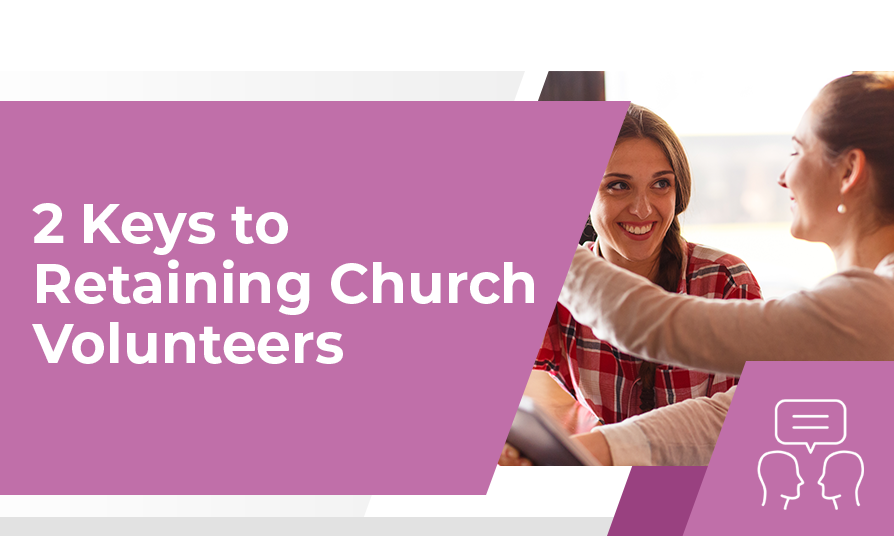How to Spot High Achieving Volunteers
Finding and keeping volunteers can be challenging enough. Identifying high-achieving volunteers who are skilled leaders and humble servants is even tougher. This type of volunteer takes a weight off your shoulders and makes life a bit easier. Finding rock-star volunteers who consistently go the extra mile may seem like finding a needle in a haystack. …









